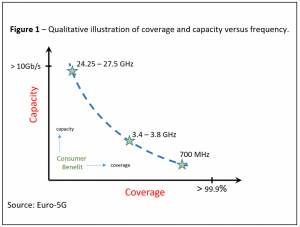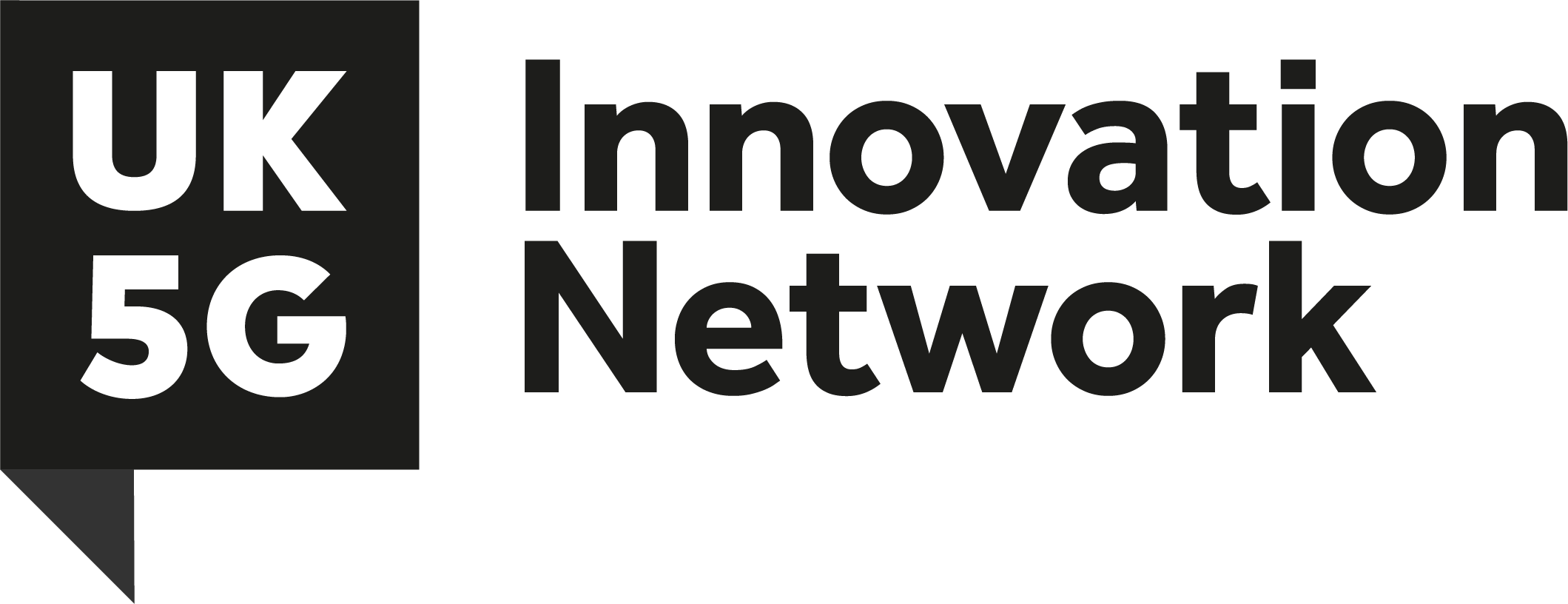We recently produced an explainer video about the challenges around building a 5G network. Now that we have you hooked, let’s take a deeper dive into the subject. Through a series of blog posts we will explore these challenges in more detail. This week we’ll be discussing pioneer bands, deploying spectrum and the densification of the network.
Spectrum and Pioneer Bands
You can’t talk about 5G and its build challenges without discussing radio spectrum.
5G comes with what the industry calls “pioneer bands.” These are radio frequencies (low and high) that UK, Europe and to some extent, the world, have generally agreed will be designated for use by 5G networks.

That’s not to say that 5G is limited to these frequencies, but it does mean, amongst other things, that we can derive global economies of scale when we build and sell network equipment, handsets and modems that can operate in these bands, making them cheaper. You can learn a little more about 5G pioneer bands here.
The government and Ofcom will begin its next round of auctions for some of the much sought after 5G pioneer bands later this year. Auctioning low frequencies at 700 MHz and mid frequencies at 3.6 GHz. Ofcom is currently consulting upon the method and rules for these auctions.
The low frequency spectrum is great for achieving long distance coverage and getting inside buildings however there is not a lot of capacity left in this frequency space. Much of the low frequency ranges are now assigned either to mobile, or for use by various other technologies and use cases such as radio, TV, satellite, and even radio microphones.
There is far greater capacity available at the mid to higher frequency ranges. Greater capacity enables more people and things to connect at higher speeds. For example, Wi-Fi currently lives at 2.4 GHz and 5 GHz but we expect that it will require more frequency space.
5G pioneer bands stretch right into what we call millimetre wave spectrum. These are relatively high frequencies where we can find far greater available capacity. We call it millimetre wave because the distance between each wave is between 1 and 10mm long. Unfortunately, these waves don’t travel as far, and neither do they get into buildings as easily, particularly modern green buildings with reflective glass coatings and modern insulation. In general, performance is more affected by the surroundings (e.g. foliage, rain, and building materials).
Deploying the Spectrum
As service providers acquire new spectrum, they will begin deploying it via radio antennas across the UK.
Low frequencies will be deployed to maximise coverage over long distances across rural areas and in-building penetration whereas higher frequencies will be used in denser urban areas and indoors to provide the capacity needed to allow many people and things to connect at higher speeds.
The low frequency spectrum can be deployed on existing infrastructure (e.g. cell sites) whilst the higher frequency spectrum, due to the smaller cell sizes, often requires additional sites thereby densifying the network with incremental cell sites.
This densification of the network drives significant costs and site acquisition challenges for service providers as well as a number of new technology challenges ranging from issues with foliage on trees, blocking signals to passing vehicles, or even raindrops impacting signals. There are mitigating factors in many of these technology challenges which will manifest in the form of new types of antenna, new deployment architectures and even new business models underpinning the deployments.
Service providers cannot do this alone of course. Government plays a part in mitigating many of the challenges too. From creating an overall market environment where service providers feel it is a safe market to invest in, to supporting specific deployment challenges with legislation, guidance, direct investment, and processes that create a favourable regime supportive of the technology and infrastructure deployments that will be needed.
Check back next week for our second instalment where we’ll be discussing the economic impact of rural connectivity, fibre and backhaul.


